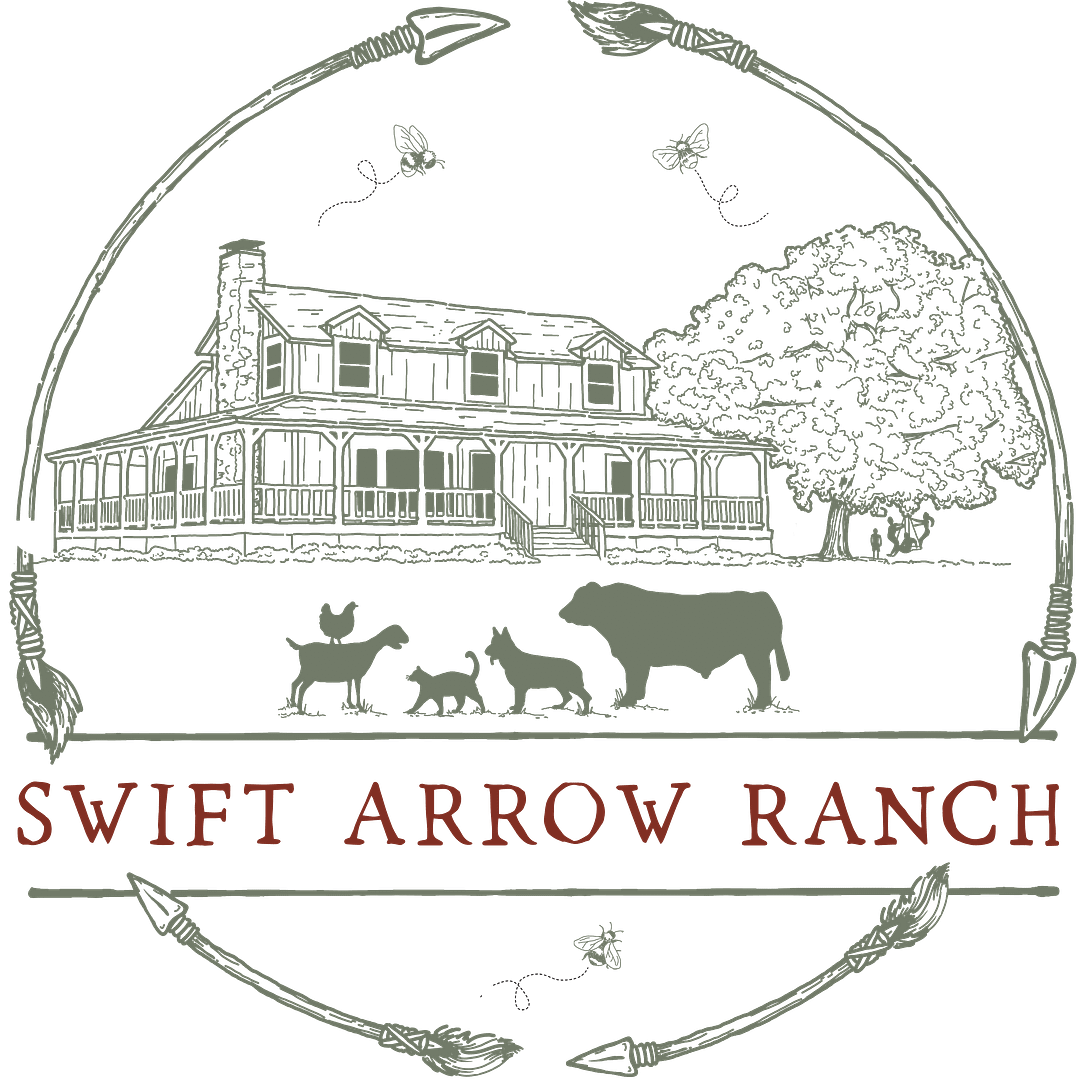Written by Ryan Grandi
Pasture and grazing management is one of the key elements to holistic farming and ranching. A thriving soil microorganism population and soil heath are the fundamental elements to growing nutritious grass, which in turn leads to healthy livestock, which provides healthy and clean food. So, while on the surface we are raising livestock, we are really grass farmers, which means we are really microorganism ranchers. Wow!
We must implement practices that promote microbial activity to grow great grass! One of the ways we do this is what we commonly refer to as rotational grazing, or management intensive grazing, whereby we rotate our livestock to fresh pasture daily. This technique is meant to mimic the grazing patterns of the great herds of grazing animals of the early Serengeti or the massive herds of Bison on the early American plains. The large herds would choose an area, graze it down, urinate and defecate on it, trample it with their split hooves and MOVE ON to fresh grazing. And because of the threat of predators, they stayed closely bunched together in a herd at all times, concentrating the benefits to a small area. As with all systems designed by God, this is a perfect environment for animal, grass, and soil heath. Here’s why…
- Urine and manure provide necessary nutrients for soil microorganisms. Abundant and healthy soil microorganisms make our grass rich with nutrients.
- The process of intense trampling, due to smaller grazing areas, helps begin the decomposition process of unconsumed plant life (think compost), also a valuable source of nutrition for soil microorganisms.
- Split hooves aerate the soil and minimize soil compaction, providing oxygen which microorganisms need to survive.
- By moving to new, fresh grazing pasture daily livestock avoid consuming forage that contains their own urine and manure minimizing exposure to parasites that would need to be managed with chemicals.
- Moving pasture frequently minimizes overgrazing which can be detrimental to soil health (and provide unwanted weeds).
- Frequent rotation of livestock and proper pasture management provides greater rest and recovery for grass and soil, again allowing grass to thrive and be more nutritious.

Rotational grazing is reminiscent of how our frontier forefathers would have raised their beef, focused on the health and well-being of their land and livestock. They were stewards of God’s creation and their success was paramount to survival. By implementing a holistic management system, we are really just getting back to the basics, although we like to think of it as Ranching Re-Imagined!
About the Author: Ryan loves cattle, strong coffee, and mornings on the ranch!
